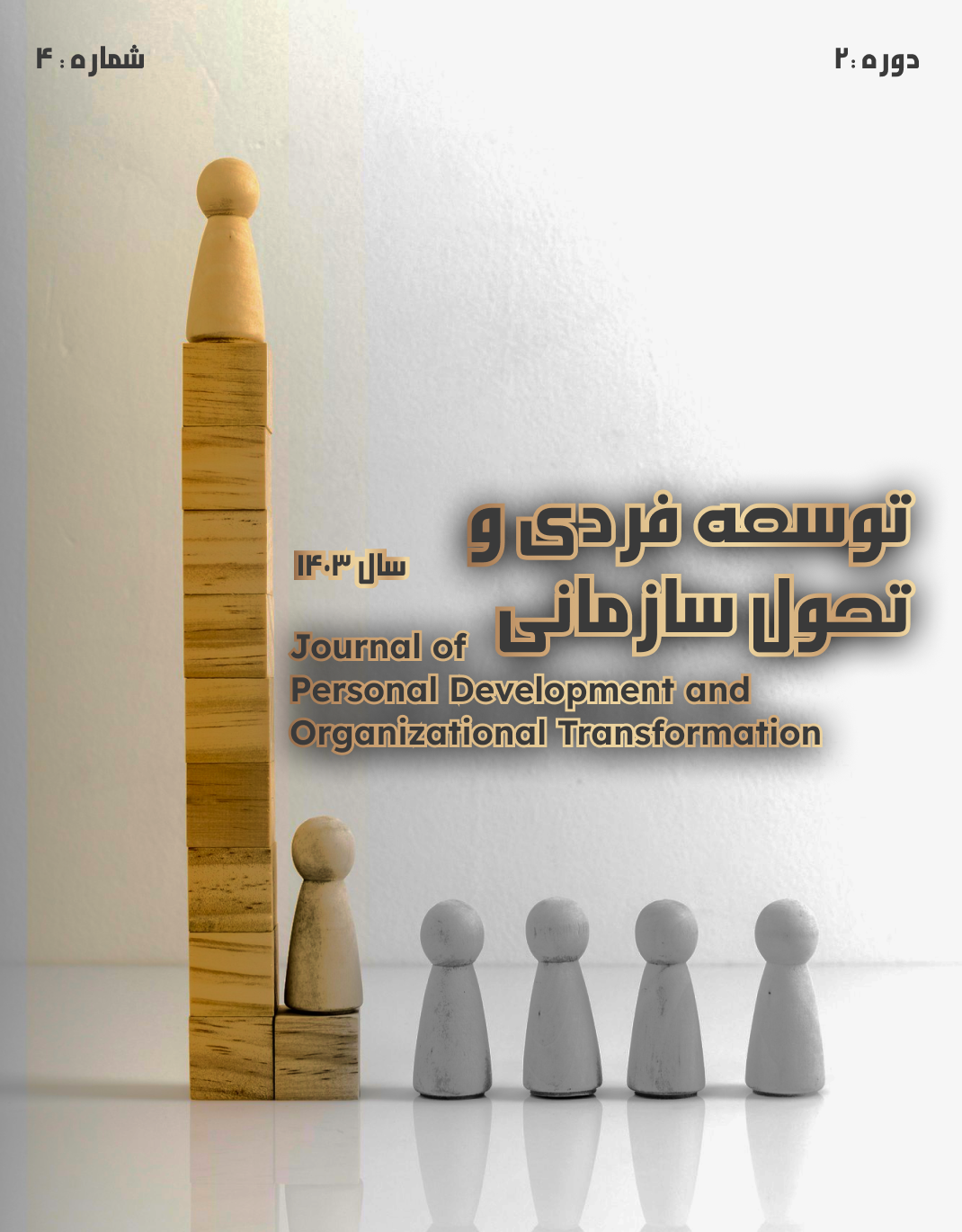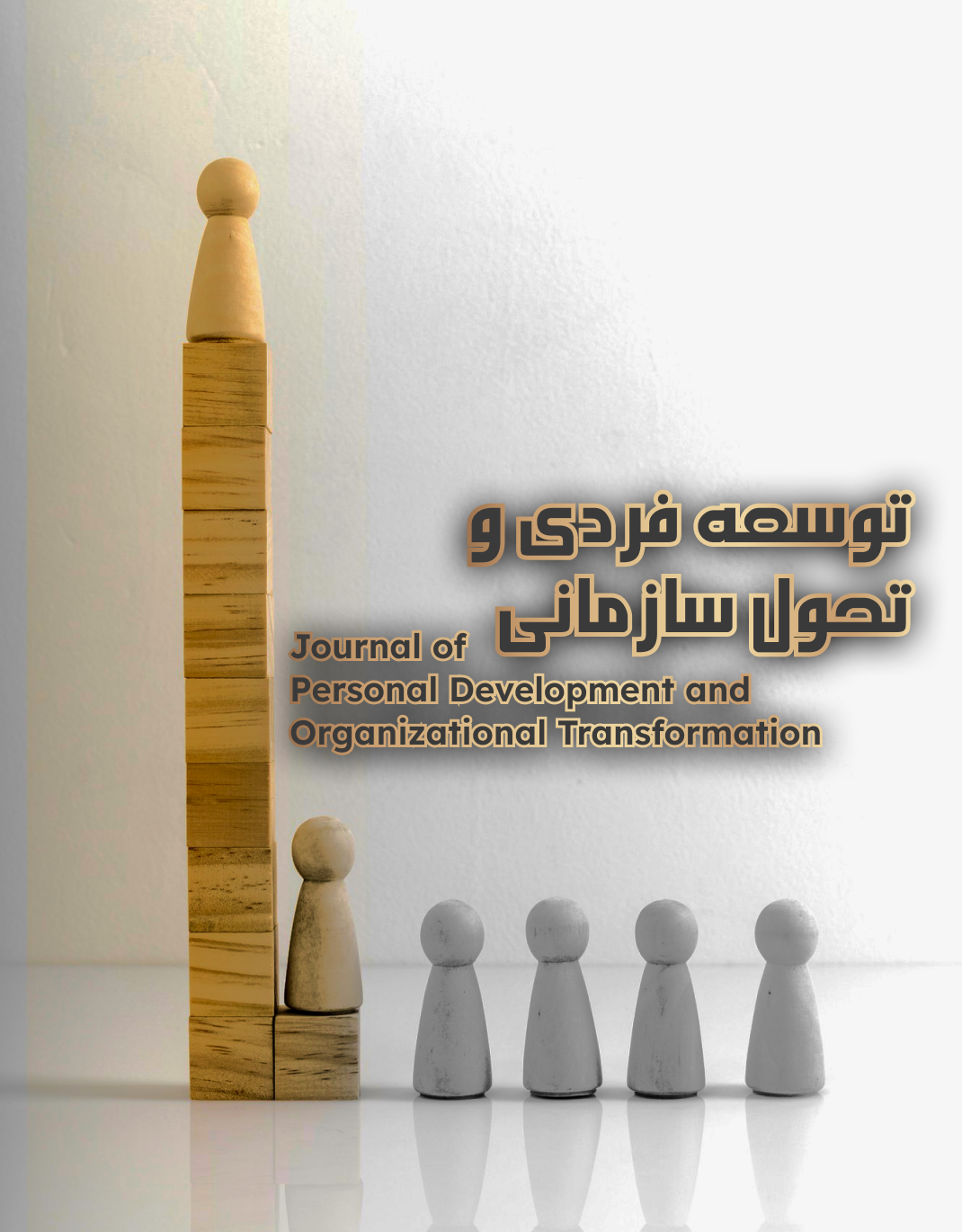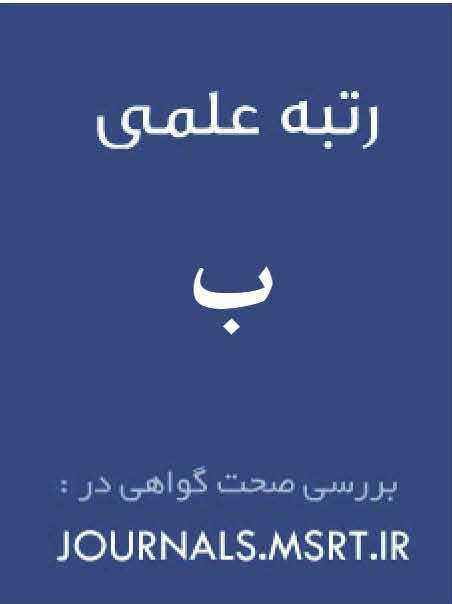تحلیل فرایندهای تأثیرگذار بر تغییرات هویت فرهنگی دانشجویان در شبکههای اجتماعی مجازی (با رویکرد نظریه دادهبنیاد)
کلمات کلیدی:
شبکههای اجتماعی مجازی, هویت فرهنگی, نظریه دادهبنیاد, دانشجویان, بازنمایی, سواد رسانهایچکیده
هدف این پژوهش، تحلیل فرآیندهای مؤثر بر تغییرات هویت فرهنگی دانشجویان در بستر شبکههای اجتماعی مجازی با بهرهگیری از رویکرد نظریه دادهبنیاد است. این پژوهش از نوع کیفی و مبتنی بر نظریه دادهبنیاد است. دادهها از طریق مصاحبه نیمهساختاریافته با ۵۰ دانشجوی دانشگاه شیراز گردآوری شد. سپس دادهها با استفاده از سه مرحله کدگذاری باز، محوری و گزینشی مورد تحلیل قرار گرفت. چارچوب نظری تلفیقی از نظریههای هال، کاستلز، بوردیو و بلومر برای تحلیل تغییرات هویت فرهنگی در فضای مجازی به کار رفت. تحلیل دادهها منجر به استخراج بیش از ۵۰۰ مفهوم اولیه و ۳۶ مقوله فرعی شد. یافتهها نشان دادند که فرهنگ حاکم بر شبکههای اجتماعی مجازی به عنوان مقوله محوری، در تعامل با شرایط علی (مانند الگوبرداری از چهرههای مجازی و کمبود سواد رسانهای)، شرایط زمینهای (همچون شکاف نسلی و ضعف نهادهای فرهنگی)، عوامل مداخلهگر (نظارت خانواده و روابط همسالان)، راهبردهای رفتاری (نظیر بازنمایی انتخابی و ساخت هویت جایگزین) و پیامدهایی چون گسست از هویت بومی و کاهش انسجام اجتماعی، موجب بازتعریف هویت فرهنگی دانشجویان شده است. پدیده «هویت ترکیبی» یکی از نتایج مهم این تغییرات محسوب میشود. یافتههای این پژوهش نشان میدهد که شبکههای اجتماعی مجازی نهتنها بستری برای ارتباطات نوین هستند، بلکه به عنوان میدان فرهنگی جدید، نقش مؤثری در تحول تدریجی و ساختاری هویت فرهنگی دانشجویان ایفا میکنند. سیاستگذاران، خانوادهها و دانشگاهها باید با تقویت سواد رسانهای و حمایت فرهنگی، برای مواجهه با این پدیده آماده باشند.
دانلودها
مراجع
Alidoost Zoghi, P., Chirani, E., & AzadehDel, M. (2021). The role of social media marketing and brand social identity in the clothing industry with emphasis on the criteria of the Supreme Council of the Cultural Revolution. The Islamic Revolution Approach, 15(55), 177-194. https://www.magiran.com/paper/2349099
Arabi, Z. (2022). The impact of virtual social networks on the social identity of women (ages 18 to 45) in Bushehr Master's thesis, Payame Noor University of Bushehr Province, Bushehr Payame Noor Center].
Buss, J., Le, H., & Haimson, O. L. (2021). Transgender identity management across social media platforms. Media, Culture & Society. https://doi.org/10.1177/01634437211027106
Ezzat, H. (2020). Social Media Influencers and the Online Identity of Egyptian Youth. Catalan Journal of Communication & Cultural Studies, 12(1), 119-133. https://doi.org/10.1386/cjcs_00017_1
Fooladi, M. (2007). Investigating the causes and factors of cultural stability and change in Iran. Qom: Office of Islamic Propagation, Qom Seminary.
Ghiasvand, M. (2018). Investigating the impact of Facebook usage on the cultural identity of users Master's thesis in Diplomacy in International Economic Organizations - Cultural and Media Studies, Islamic Azad University, East Tehran Branch, Qiam Dasht].
Gol Mohammadi, A. (2007). Globalization of culture and identity. Tehran: Ney Publishing.
Hu, S., Ji, F., & Li, D. (2023). Impacts of Social Media Usage in Facilitating Social Commerce: The Roles of Social Support and Cultural Identity Change. International Conference on Human-Computer Interaction, Cham. https://doi.org/10.1007/978-3-031-35921-7_19
Kohsari, M. (2022). Investigating the relationship between the use of virtual social networks and youth identity formation (A case study of youth in Region 15 of Tehran) Master's thesis, Yazd University, Faculty of Humanities and Social Sciences - Department of Social Sciences].
Mahdizadeh, M., & Atabak, M. (2016). The use of social networks and the formation of youth culture among young Facebook users in Tehran
McGannon, K. R., McMahon, J., Schinke, R. J., & Gonsalves, C. A. (2017). Understanding Athlete Mother Transition in Cultural Context: A Media Analysis of Kim Clijsters’ Tennis Comeback and Self-Identity Implications. Sport Exercise and Performance Psychology, 6(1), 20-34. https://doi.org/10.1037/spy0000079
Nawaz, Z. J., & Bhutta, D. M. H. (2024). Usage of Social Media and Cultural Identity in Chitral: An Exploration Through Mix-Method Approach. CRSSS, 2(2), 51-65. https://doi.org/10.59075/wsyr1071
Prykhodko, N. (2024). Traumas of War and Cultural Identities: Visual Media in the Ukrainian Context. Bulletin of Mariupol State University Series Philosophy Culture Studies Sociology, 14(28), 109-118. https://doi.org/10.34079/2226-2830-2024-14-28-109-118
Sarukhani, B. (2003). Sociology of communication. Tehran: Information Publications.
Sihvonen, J. (2023). Media Consumption and the Identity Projects of the Young. Journal Citation Reports, 23(2), 171-189. https://doi.org/10.1177/1103308815569391
Zhang, K. (2019). New media and cultural identity in the global society. https://www.igi-global.com/chapter/new-media-cultural-identity-global/42819
دانلود
چاپ شده
ارسال
بازنگری
پذیرش
شماره
نوع مقاله
مجوز
حق نشر 2025 سیما قهرمانی (نویسنده); علی محمد مزیدی شرف آبادی; سيدعليرضا افشانى (نویسنده)

این پروژه تحت مجوز بین المللی Creative Commons Attribution-NonCommercial 4.0 می باشد.







